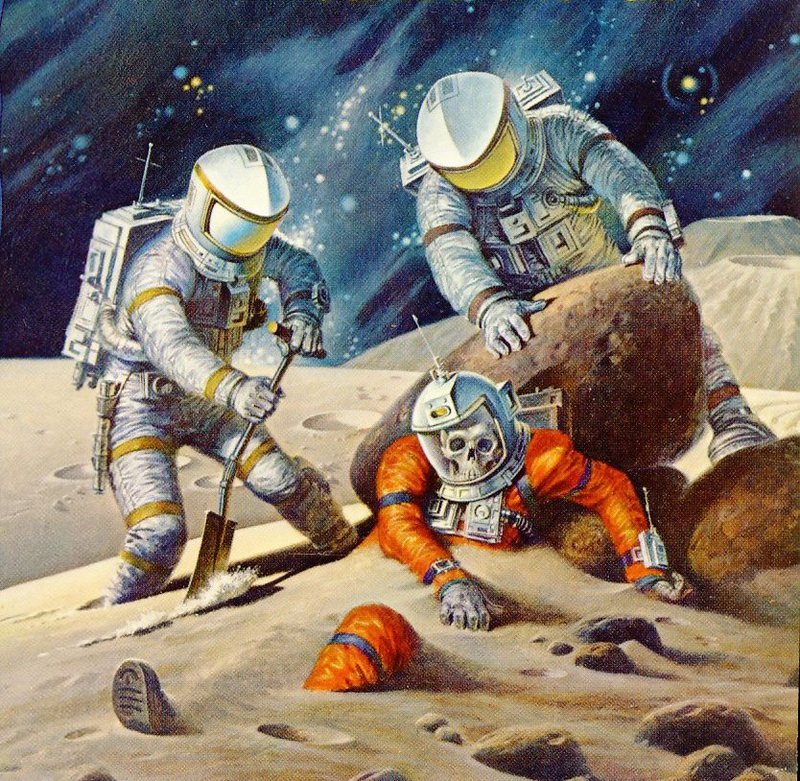Sergey Belousov about zombie startups from which no sense, but sorry to get rid of

Another one did not survive the sowing stage
The path of an innovative startup to success is well described in many books, starting, perhaps, from the classic - “Diffusion of Innovations” by Everett Rogers. A vivid image of this path is usually an S-shaped curve on a graph of market share: slow growth, while products are consumed by innovators, then pickup and rapid growth, replaced by saturation and exit to a stable level.
But I will analyze a much less popular material - the stories of failure. Simple scenarios of complete failure can be reduced to three main ones: poor execution — technological, marketing, and managerial; No technology found or created for the product; not found working business model. The last two options for a startup are usually irreversibly fatal. A startup is first of all people, the replacement of the main ideologists of the product is comparable to a brain transplant without anesthesia.
')
It is more difficult to understand the situation when the company does not die - the take-off took place, but not high. Either they made the product for too long, or because of poor performance they did not get into the “window of opportunity”, which promises a really rapid rise.
David Yang in the late 1990s invented a social network Cybiko. He handed out gadgets to schoolchildren, which allowed them to exchange messages with people within a radius of 100 m. The project began to take off, but then a crisis occurred. Additional funding was needed at a time when no one gave money. A beautiful idea, a good implementation, but the project did not take off: it was ahead of its time.
Even worse, when companies do not take off and do not die, turning into a "zombie". The very calculation of the early rapid growth can fail, as the example of one of Parallels competitors Ensim shows. In the early 2000s, they had good funding for good ideas and technologies, but they spent a lot of time and about $ 100 million to build redundant functionality that was never in demand by the market. As a result, 95% of the technologies they had to throw out, and the rapid growth of the market began a little later.
Such half-dead companies-zombies like a suitcase without a handle - it's a pity to throw out, but it is impossible to use Moreover, zombie companies are dangerous: another former Parallels competitor, Sphera, managed to spoil our lives by the very fact of our presence in the market. It is difficult for a buyer in the early stages of market development to distinguish a live company from a zombie: at best, he loses time, at worst - leaves the market, disappointed in the technology. We had to buy Sphera to eliminate the hindrances to the business.
Many startups we meet do not understand the difference between a short run product and a mass one. The more customers, the fewer defects should be noticed by users. Enthusiasts are ready to use the unfinished phone and even be proud of it. But to have a big business, you need to serve a wide range of consumers. Here, any mistake can be fatal, killing hopes for a high take-off.
It is necessary to get rid of the zombie companies: the time lost to maintain the zombies will not be returned, and the window of opportunity may close suddenly.
Source: https://habr.com/ru/post/145040/
All Articles